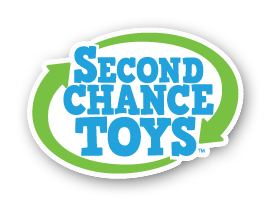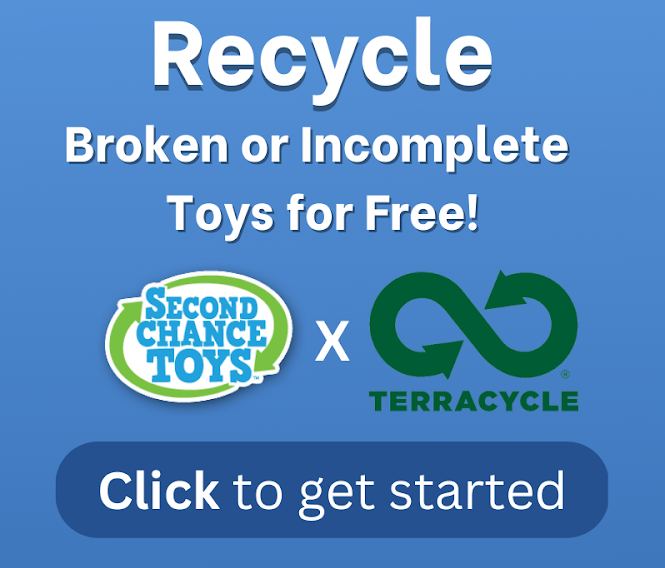Sustainable Back to School

It’s that time of year again when the kids are headed back to school and we parents are sent wandering into department stores (or online) to get them all the supplies they need. Every year, it weighs heavy on my mind, not only because I know my wallet will be a lot lighter but because other than Christmas, this is another time of mass consumption here in the U.S. The kids are really excited to get new stuff and start their year off but my mind wanders to the sustainability issues. I start to think about packaging waste, over use of plastics, toxics in school supplies, and even factory conditions where the garments, backpacks, and sneakers are made. I know, overwhelming, isn’t it?
Ok, I’m breathing again.
We’d like to give our readers a few tools that might help when thinking about getting the kids the clothes and supplies they need for the upcoming year. More importantly, we’d like to provide our readers with some resources to make informed choices about buying with sustainability in mind.
A great place to start is www.livinggreener.com. This website although not in the U.S is from the Australian government. Instead of links to places where you can buy things, they posted a Sustainable Back to School Guide. This guide has really great tips for creating a plan to reuse and recycle what you already have, as well as, write checklists, and make sure you stick to them. There are also tips for transportation, energy, and toxic chemicals in backpacks, specifically the avoidance of PVC.
Starting with a plan is a great idea! It will save you time, money, and help the planet.
For budget conscious fans, Walmart has built their Green Room site which offers tips on an ecofriendly school year. This will connect you with Walmart’s sustainability initiatives, as well as get tips from their Twitter fans.
I really love this article from Clark Howard’s website. He hit the nail on the head with “Save Money on Back to School Stuff,”. He gets creative with recycling, other places besides department stores to get school clothes, and even using www.freecycle.org. It’s important to remember that we have options far beyond jumping in the car and going to a department store. We have the power to match our values with our wallets. Often, choosing sustainable options goes hand and hand with saving money.
Lastly, if you plan to shop with your kids, think about teaching them about money and sustainable choices. Learning to spend money mostly on needs versus wants is a big experience. Connecting our choices with efforts that help the planet and people to be healthy will pay benefits our grandchildren will see.
In this article, Capital One talks about connecting school shopping with a budget and money lesson. Taking it one step further and connecting school shopping with money and sustainability is the next lesson I plan to share with my own teens. Here’s to a Sustainable School Year!
Author: Kelly Eisenhardt, SCT Board Member & Environmental Professional



















